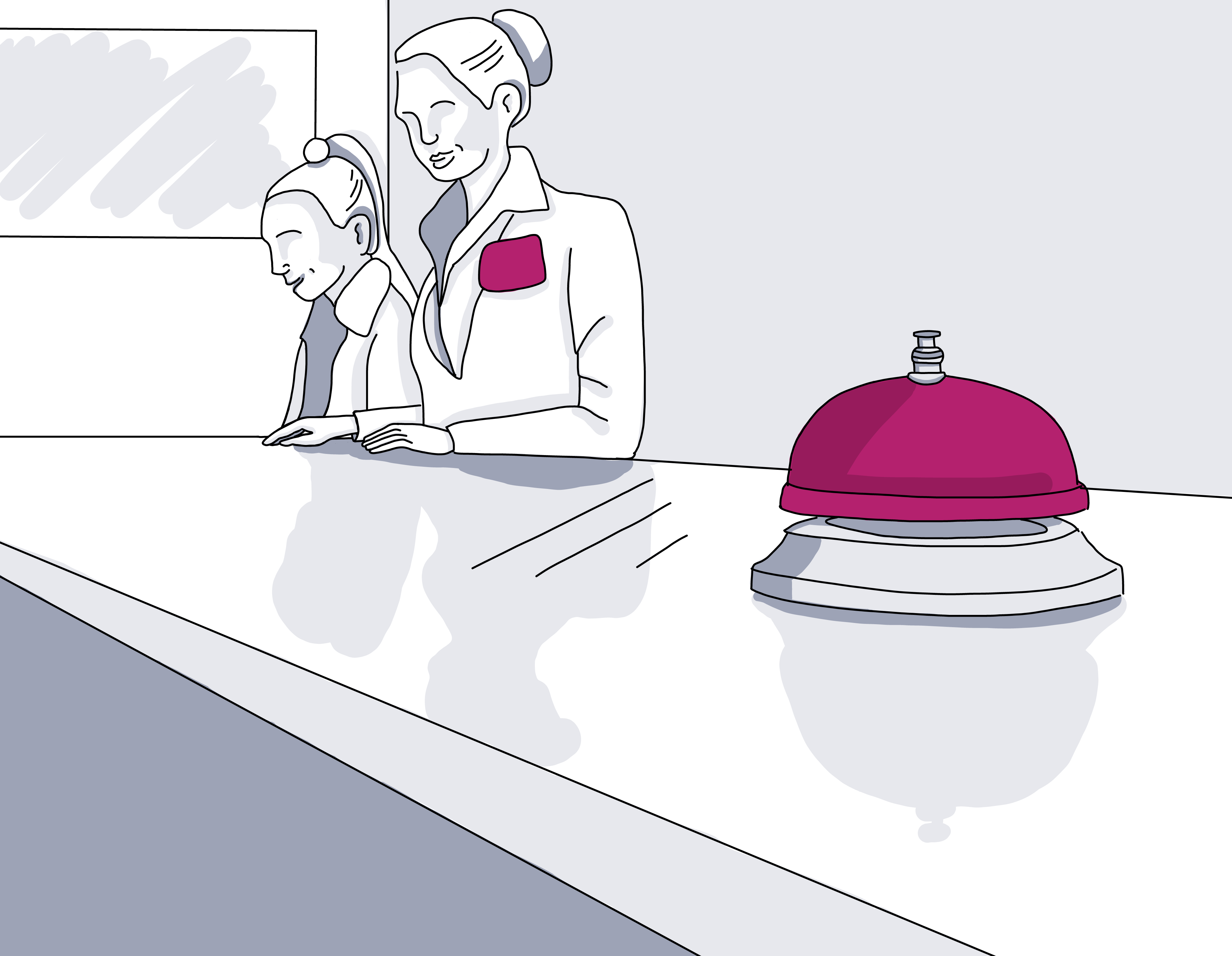
In Lily Tomlin’s classic SNL comedy sketch, her telephone operator “Ernestine” famously delivers the punchline, “We don’t care. We don’t have to. We’re the Phone Company.” But new research finds that satisfied customers mean increased profits even for public utilities that don’t face competition.
Little is known about effect of customer satisfaction at utilities. As a result, utility managers are often unsure how much to invest in customer service – if anything at all. The issue also is of interest to regulators responsible for protecting consumers.
The study, in the Journal of Marketing Research, has important implications for both managers and regulators. Customer satisfaction predicts profits at utilities — in spite of the fact that customers don’t have an option to switch if they are unhappy. It shows how keeping customers happy lowers operating costs and ultimately saves utilities money.
“As with other companies, providing good customer service has efficiency-enhancing benefits for utility firms, such as lower direct and employee engagement costs of dealing with dissatisfied customers and it generates greater customer trust and cooperation from customers,” said Neil Morgan, PETsMART, Inc. Distinguished Professor of Marketing at Kelley. “Our results indicate that — at least as currently regulated — greater satisfaction of utility customers not only ensures consumer welfare by improving utility provider efficiency but also increases the future profitability of the utility.”
Using data from U.S. public utility firms from 2001 to 2017, researchers found utilities – as currently regulated – have a cost-based incentive to deliver and improve their customers’ satisfaction.
Their findings run counter to prevailing assumptions that providing higher service quality raises utility system costs. They found “robust evidence” that customer satisfaction did not affect rates (prices per unit) or demand (unit sales volume). But they did find unambiguous evidence that it leads to profits only by reducing utility operating costs.
“Our study clearly indicates that if they aren’t doing so already, utility managers need to track their customers’ satisfaction,” said Lopo Rego, associate professor of marketing and a Fettig/Whirlpool Fellow at Kelley. “They should set targets for customer satisfaction improvement and invest in strategies designed to accomplish this goal.”
For the average utility in their sample, a one-unit (on the 1 to 100 point ACSI index) improvement in customer satisfaction decreases operating costs by $29 million overall, through lowering customer service, distribution, and selling and general administrative costs to lowered costs of $3, $8, and $13 million per year respectively.
Efficiency gains coming from improved customer satisfaction, trust and goodwill could lead to greater acceptance of costly, new technology initiatives that utilities want to introduce, researchers said.
“If greater customer satisfaction enhances both consumer willingness to allow utilities to introduce such technologies and subsequent consumer use of these innovations, then utility satisfaction improvement programs should be managed and aligned with their technology initiatives as well as their efficiency programs,” they said.
“For policymakers, our findings that customer satisfaction does not lead to increased profits via higher rates or greater demand suggests current regulatory controls are effective.” They added. “Our findings suggest regulators should view investments in customer satisfaction as recoverable costs.”


